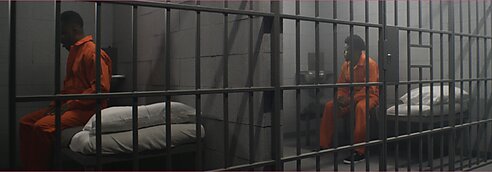The New Jim Crow: Mass Incarceration in the Age of Colorblindness is a groundbreaking book written by Michelle Alexander. In her book, Alexander explores the issue of mass incarceration in the United States and its impact on communities of color. She argues that the criminal justice system, through its policies and practices, has created a new form of racial control that perpetuates racial inequality.
Alexander begins by providing a historical context for understanding the current state of mass incarceration. She traces the roots of racial control back to the era of slavery and the subsequent Jim Crow laws that enforced racial segregation and discrimination. She highlights how these systems were designed to maintain white supremacy and control the black population.
One of the key factors contributing to mass incarceration, according to Alexander, is the war on drugs that was initiated in the 1980s. She says that the war on drugs disproportionately targeted communities of color, particularly black and Latino communities, which lead to a significant increase in arrests and incarceration rates for drug offenses. Alexander argues that the war on drugs was not only a failure in terms of reducing drug use but also served as a mechanism for social control and the marginalization of minority communities.
Another important aspect discussed in the introduction is the concept of colorblindness. Alexander challenges the notion that we live in a post‐racial society, arguing that colorblindness actually perpetuates racial inequality. She explains how the criminal justice system, despite claiming to be colorblind, disproportionately targets and punishes people of color. Alexander points out what she considers to be the fallacy of colorblindness, and highlights what she believes to be systemic racism embedded within the criminal justice system.
Lastly, Alexander emphasizes the devastating impact that mass incarceration has on individuals, families, and communities. She discusses the collateral consequences of incarceration, such as limited employment opportunities, loss of voting rights, and barriers to housing and education. These consequences perpetuate a cycle of poverty and marginalization, further exacerbating racial inequality.
The introduction sets the stage for a comprehensive exploration of the issue of mass incarceration and its racial implications. Michelle Alexander challenges the prevailing narratives surrounding the criminal justice system and calls for a reevaluation of our approach to crime and punishment. Her work sheds new light on the urgent need for criminal justice reform through dismantling what appears to be a new Jim Crow system.

